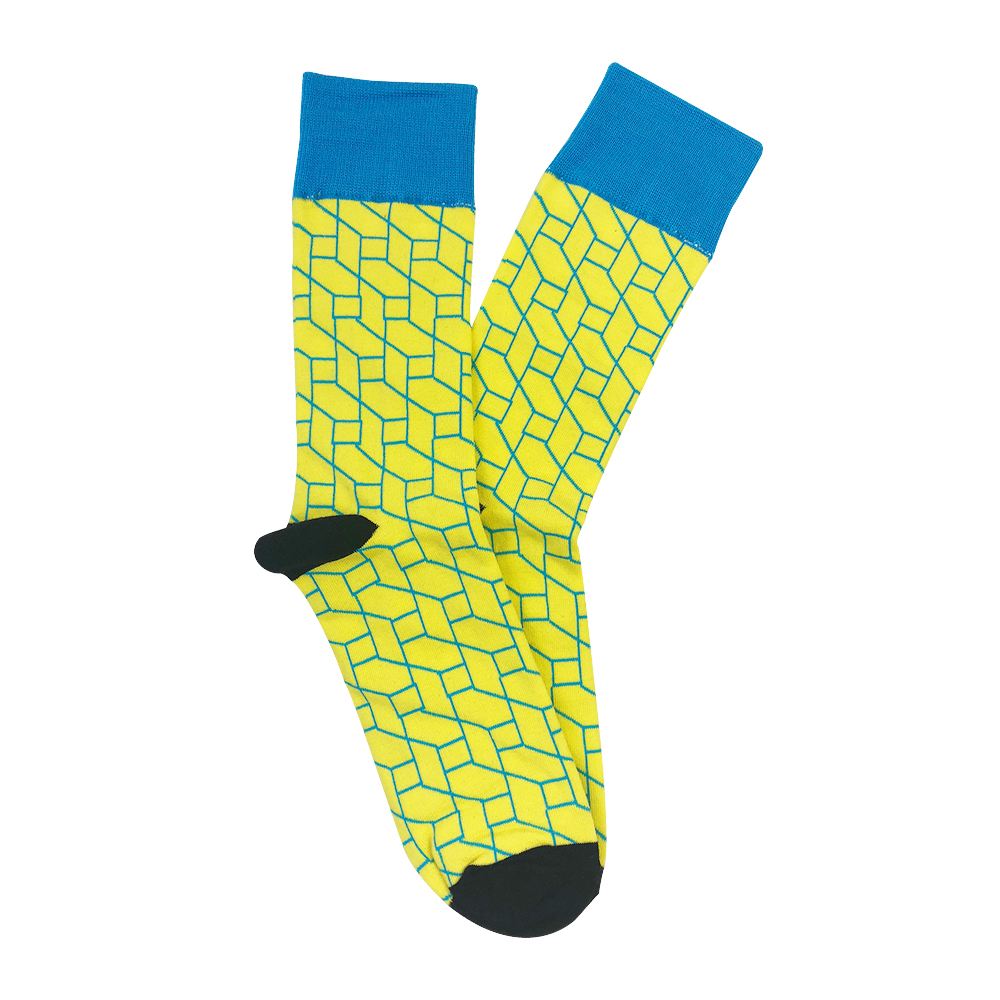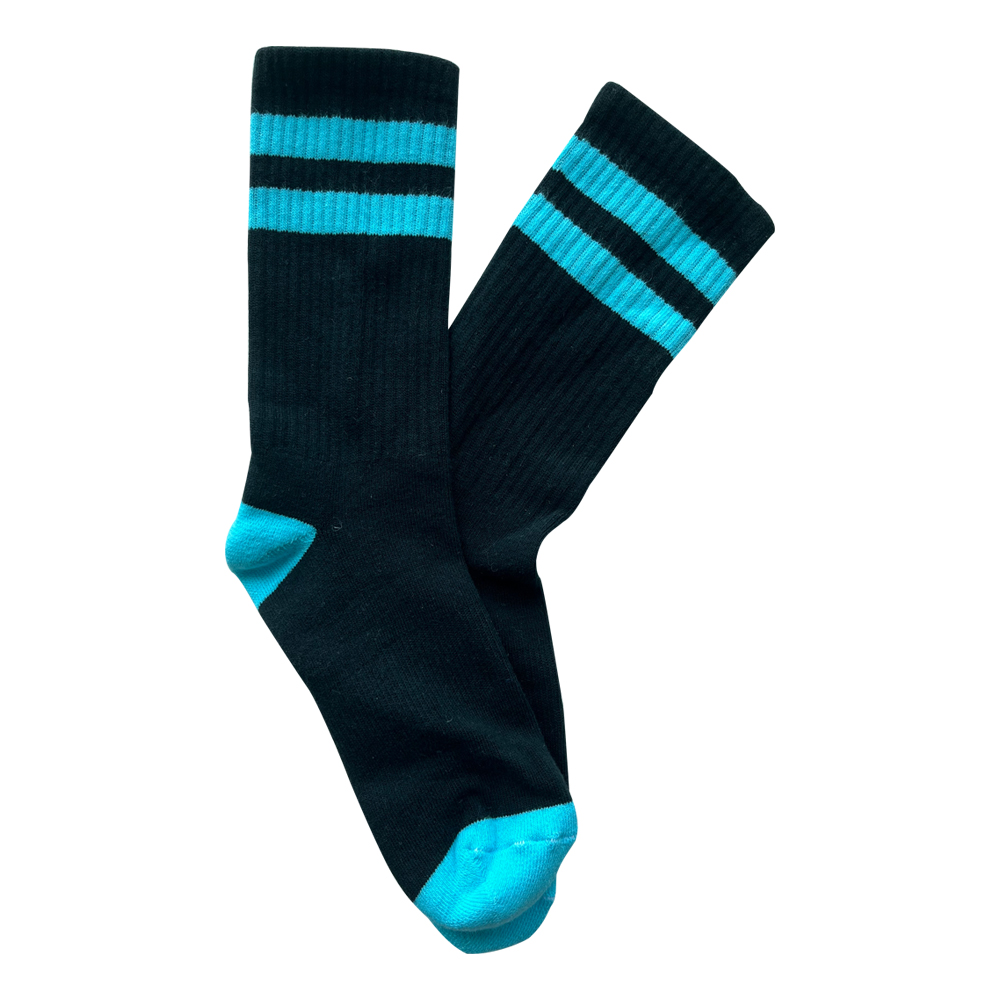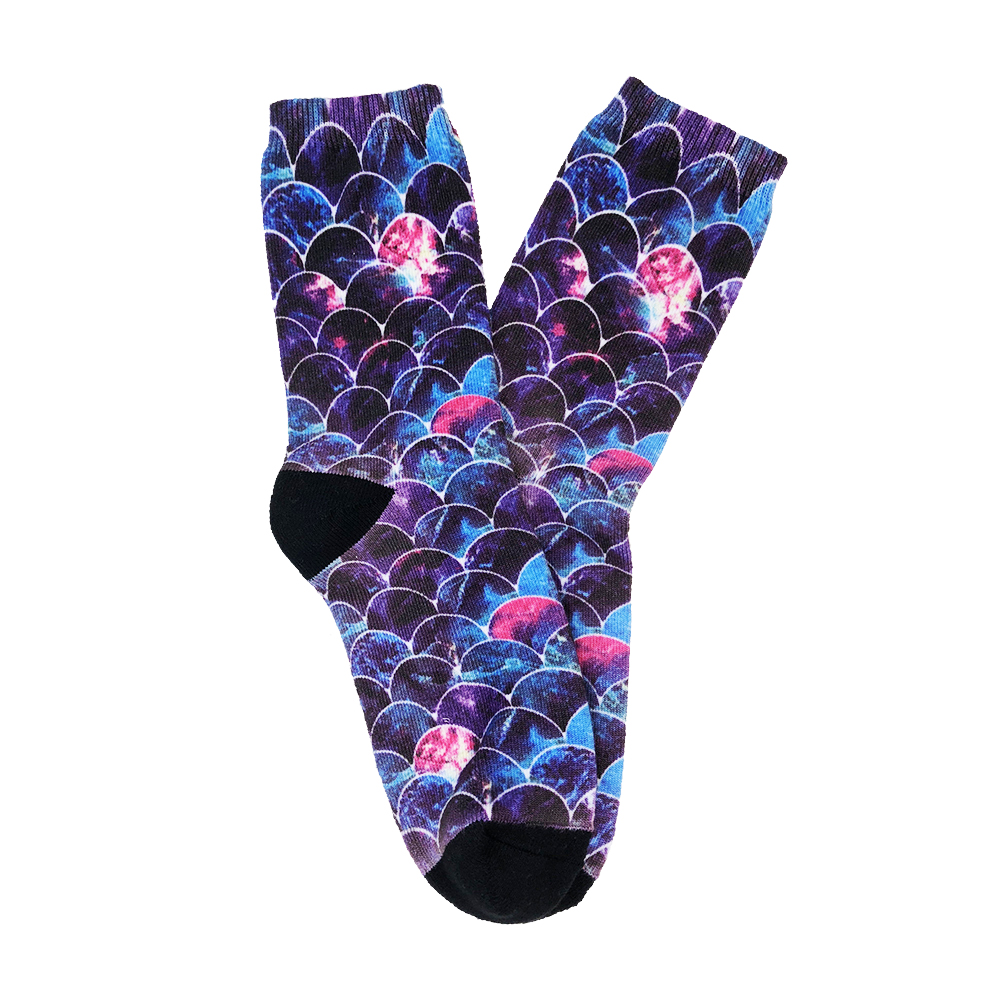How to Customize Hiking Socks Online?
Do you love hiking? If so, you are a hiker. Hiking requires a lot of equipment. Today, we are going to introduce their socks. Hikers' socks are designed to be warm, soft, and wearable in a variety of environments.
Prepare suitable socks according to the road conditions you plan for and the weather you expect.
You can sort them roughly in the following categories:
1.Liners: liners are very thin, and those socks made of thin capillary material are used to press on the feet. Lining hosiery removes sweat from the foot by capillarity to keep the foot dry and comfortable. Lining socks can only be worn between the outer socks and the foot due to the fear of grinding. Remember that they are designed to be worn under other socks.
2.Lightweight walking socks: Designed for warm weather and leisurely trips, lightweight walking socks emphasize perspiration and comfort in warm climates. They are thicker, warmer, and more durable than lined socks. They are also very soft. But their thickness is limited so they can only stay comfortable on a hot day trip. Most lightweight hiking socks are made of sweat material, and it doesn't matter if you wear lined socks or not.
3.Middleweight walking socks: These socks are designed to provide reliable comfort and insulation in cold climates. They are thicker and warmer than lightweight hiking socks. Most thicken areas that are easy to wear like the heel and ball of the foot for maximum comfort. This kind of socks should be worn with socks lining.
Hiking socks: Hiking socks are the thickest, warmest, and softest of these socks. They were designed for long marches, difficult terrain, and cold temperatures. Hiking socks are generally too thick and too hot for low-difficulty hiking in warm climates.
Common material selection of custom hiking socks:
1.Wool
Wool is a very popular natural material for socks. It's warm and soft and retains heat when it's wet. Unfortunately, wool socks don't dry easily, and they also tend to itch on your feet (note: newer wool materials such as mohair don't have this problem). They can be easily worn out without some other materials. Blended wool (made of wool and synthetic materials) is very popular because it solves these problems
2.Lycra & spandex
Lycra is also a kind of spandex in fact, so it is also called Lycra spandex, but it is easier to deal with than ordinary spandex, its extension and resilience are quite good, and not easy to age, now, a lot of outdoor brand socks choose Lycra to do elastic material.
3.Nylon
Nylon is also called polyamide on the component label, in outdoor sports socks inside are specially strengthened firmness, nylon added can prolong the service life of socks, not easy to tatter. Nylon is also a common material used in custom socks because the socks made of it are very durable and nylon yarn is cheap. Nylon is often mixed with other yarns to increase the wear resistance of socks.
4.Polyester
The most-used synthetic fiber. polyester is washable and resistant to wrinkles. Is pretty much the same as Nylon but is less expensive. Custom socks made of polyester are breathable and absorb moisture and can easily survive wear and put out as well. It is usually used in custom athletic socks.
5.COOLMAX
For sports socks, especially for professional outdoor sports socks, there must be some special fiber to highlight its professional function.COOLMAX is often used in this context. Unlike ordinary fibers, which have a solid round or oval cross-section, COOLMAX is hollow and has ten sub-sections, like four pipes standing side by side.
This structure increases the contact area between the fiber and the air and also ensures a lot of space between the fabric. In this way, the COOLMAX fiber is highly hygroscopic and dehumidified, and the fabric with COOLMAX fiber has good air permeability. It's important to note that COOLMAX is a hygroscopic, sweat - and breathable functional fiber, not a thermal fiber, but one that allows moisture to escape and keeps it as warm and dry as possible.
Generally speaking, wool socks are a good choice. Why not cotton? The main reason is that cotton dries very slowly when it gets wet. If you walk a lot in a cold area and still sweat your feet, wet cotton socks will not keep you warm and will frostbite your feet when you stop. Outdoor wool socks generally contain about 8% wool, plus 10% nylon for increased flexibility.
These mixed socks are more durable than those made of pure wool. Wool keeps you warm, even when it's wet. If you sweat a lot, it's a good idea to have a thinner Liner underneath your wool socks. If you can, it's a good idea to order socks that contain polyester.
3 easy steps of how to custom socks online:
1.Select a sock. Search the socks on the YINUO socks home page to choose your socks kinds. size and color preference.
2.Design your sock:Email us your artwork or photo to create your socks.
3.Place your order:We'll start making the socks for you and ship you within one month



